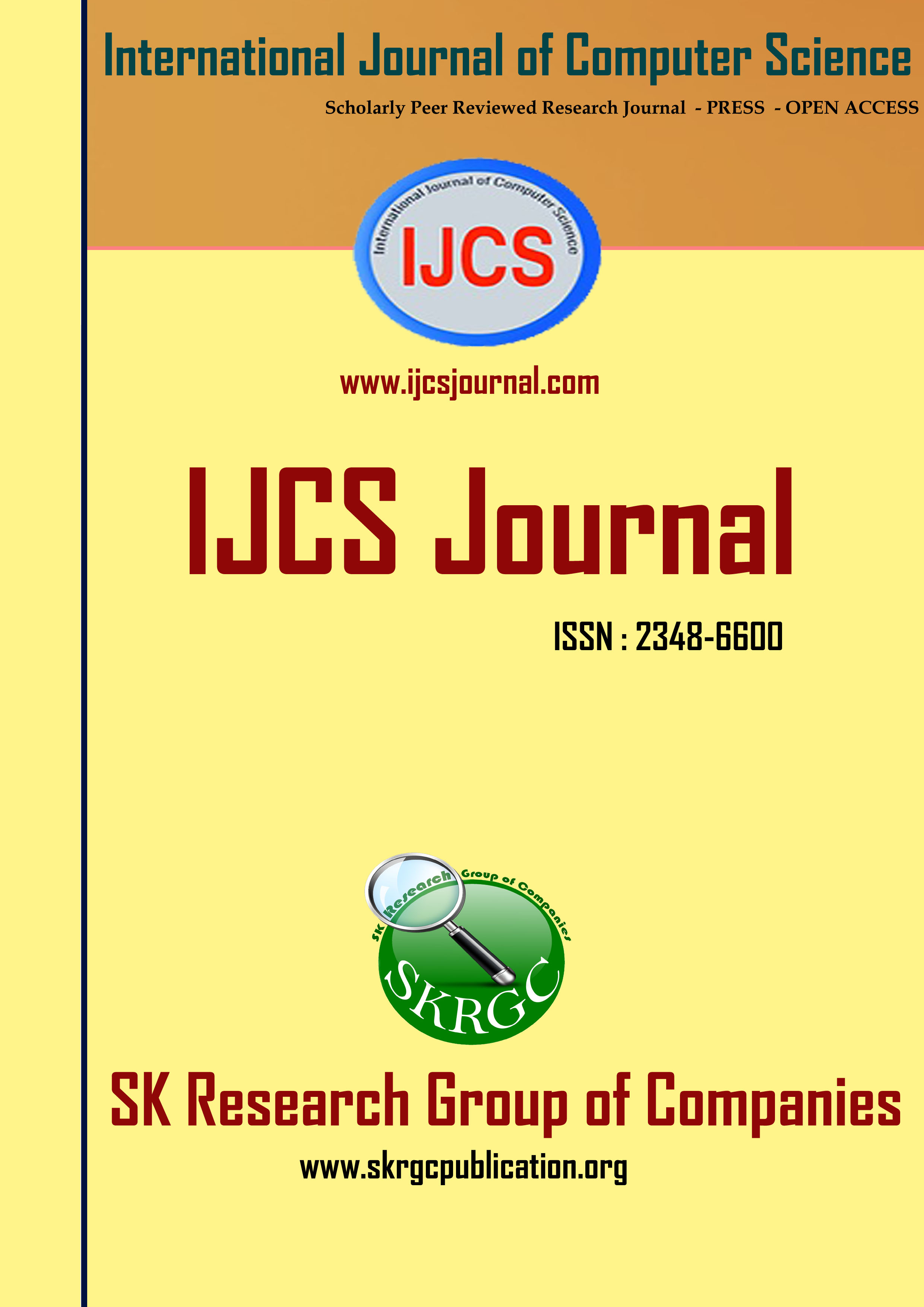ICT BUSINESS ERA
International Journal of Computer Science (IJCS) Published by SK Research Group of Companies (SKRGC)
Download this PDF format
Abstract
The level of education of a nation's people determines how economically and socially successful that nation will be. Therefore, it is crucial to find strategies to guarantee that education is of a high standard, accessible to everyone, and affordable using the most up-to-date technologies available. Over the past 20 years, the ICT sector has experienced rapid expansion. ICT has impacted several industries' dynamics as well as how individuals interact and work in society. Both at work and at home, internet usage has substantially increased. ICT has the power to remove obstacles and improve educational outcomes in every country. It can be used as a strategy to get around problems including cost, a lack of teachers, poor educational quality, and time and distance constraints. In recent decades, India has focused on expanding its educational sector. Higher education is the main driver of India's competitiveness and employment development. There is a severe shortage of skilled labour. There are social, cultural, time, and geographic obstacles for those who want to pursue higher education. Innovation in ICT might be able to solve this problem.
References
1. Bhattacharya, I. & Sharma, K. (2007). 'India in the knowledge economy – an electronic paradigm', International Journal of Educational Management Vol. 21 No. 6, Pg. 543- 568.
2. Chandra, S. & Patkar, V. (2007). 'ICTS: A catalyst for enriching the learning process and library services in India', The International Information & Library Review Vol. 39, No. (1), P: 1-11.
3. Mooij, T. (2007). 'Design of educational and ICT conditions to integrate differences in learning: Contextual learning theory and a first transformation step in early education', Computers in Human Behaviour Vol. 23, No. (3), Pg. 14-30.
4. Sharma, R. (2003). 'Barriers in Using Technology for Education in Developing Countries', IEEE0- 7803-7724-9103.Singapore
schools', Computers & Education Vol .41, No. (1), Pg. 49--63.
5. Sharma, S.K. & Kitchens, F.L. (2004). Web Services Architecture for M-Learning. Electronic Journal on E-Learning Volume 2, Issue 1:203-216
6. Sharples, M. (2000). "The design of personal mobile technologies for lifelong learning". Computers & Education 34 (3-4): 177–193. doi:10.1016/S0360-1315(99)00044-5.
7. Singh, M. (2010). "M-Learning: A New Approach to Learn Better". International Journal of Education and Allied Sciences 2 (2): 65–72.
8. Sørensen, C., Mathiassen, L. & Kakihara, M. (2002). Mobile Services: Functional Diversity and Overload, presented at New Perspectives On 21st-Century Communications, May 24-25, 2002, Budapest, Hungary.
9. Wayne, C. (1993). Wireless Coyote: A Computer-Supported Field Trip, Communications of the ACM
- Special issue on technology in K–12 education, Volume 36 Issue 5, May 1993, 57-59
10. Yuen, A., Law, N. & Wong, K. (2003). 'ICT implementation and school leadership Case studies of ICT integration in teaching and learning', Journal of Educational Administration Vol. 41 No. 2, Pg. 158-170.
11. Yusuf, M.O. (2005). Information and communication education: Analyzing the Nigerian national policy for information technology. International Education Journal Vol. 6 No. (3), Pp; 316-321.
Keywords
ICT, Education… etc.

